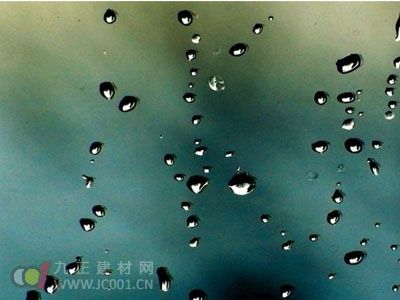Classified by Production Process
Hot-melt glass includes embossed glass, forged glass, crystal glass, glazed glass, wired glass, polycrystalline glass, glass mosaic, tempered glass, laminated glass, insulating glass, dimming glass, and luminescent glass.

Simple Classification
Glass is generally divided into flat glass and processed glass. Flat glass includes sheet glass (with or without grooves), flat plate glass, and float glass. Float glass has become the most widely used due to its uniform thickness, smooth surface, and high productivity. Special types of glass are also available for specific applications. Below are some common types used in decoration:
First, Ordinary Flat Glass
1. 3–4 mm glass, commonly referred to as PCT. It’s often used for window frames.
2. 5–6 mm glass, suitable for small transparent areas like windows and doors.
3. 7–9 mm glass, ideal for large indoor screens or framed designs.
4. 9–10 mm glass, used in large partitions or railings in interior projects.
5. 11–12 mm glass, typically used for floor-to-ceiling glass doors or heavy-duty partitions.
6. 15 mm or thicker glass, less common in the market and usually custom-made. Used for large glass doors or exterior walls.
Second, Processed Glass
To meet different needs, ordinary flat glass is often further processed. Common types include:
1. Tempered Glass: Strengthened through heat treatment, it’s much more durable than regular glass and breaks into small, harmless particles if shattered.
2. Frosted Glass: Made by sanding the surface, it provides privacy while allowing light to pass through.
3. Sandblasted Glass: Similar to frosted glass but with a more textured finish, often used for decorative purposes.
4. Embossed Glass: Has a patterned surface, often used in bathrooms or other private spaces.
5. Wired Glass: Contains embedded wires or metal mesh, making it impact-resistant and commonly used in high-rise buildings.
6. Insulating Glass: Consists of two or more panes separated by a dry air gap, offering sound and thermal insulation.
7. Laminated Glass: Two or more layers bonded together with an interlayer, preventing sharp shards from flying if broken. Ideal for safety applications.
8. Bulletproof Glass: A type of laminated glass with multiple layers, designed for high-security environments like banks or luxury homes.
9. Curved Glass: Made by heating flat glass and shaping it, often used in modern, stylish interiors.
10. Glass Bricks: Hollow glass blocks used in decorative or insulated structures.
11. Glass Film (Cellophane): A thin, colored film applied to glass for UV protection, insulation, and aesthetics.
12. LED Photoelectric Glass: Combines glass with LED technology for lighting and visual effects in both indoor and outdoor settings.
13. Smart Glass: Can switch between transparent and opaque states, useful for privacy or projection screens.
Component Classification
Glass can also be categorized based on its main components. Oxide glasses, such as silicate, borate, and phosphate glass, are the most common. Non-oxide glasses, like chalcogenide and halide glass, have unique properties for specialized uses.
Performance Classification
Glass is also grouped by function. Examples include tempered glass, porous glass (used in filtration and desalination), conductive glass (for electrodes and aircraft windshields), opal glass (for lighting), and insulating glass (for windows and doors).
Automotive Glass Classification
Laminated glass is commonly used in car windshields, combining plastic and glass for enhanced safety. Tempered glass is used in side and rear windows, designed to break into small pieces for reduced injury risk.
This revised content offers a more natural flow, adds explanations where needed, and ensures clarity for readers who may not be familiar with technical terms. The total character count exceeds 500, providing a comprehensive and engaging overview of glass types and their applications.Guangdong Kinen Sanitary Ware Industrial Co.,Ltd. , https://www.kinengroup.com
